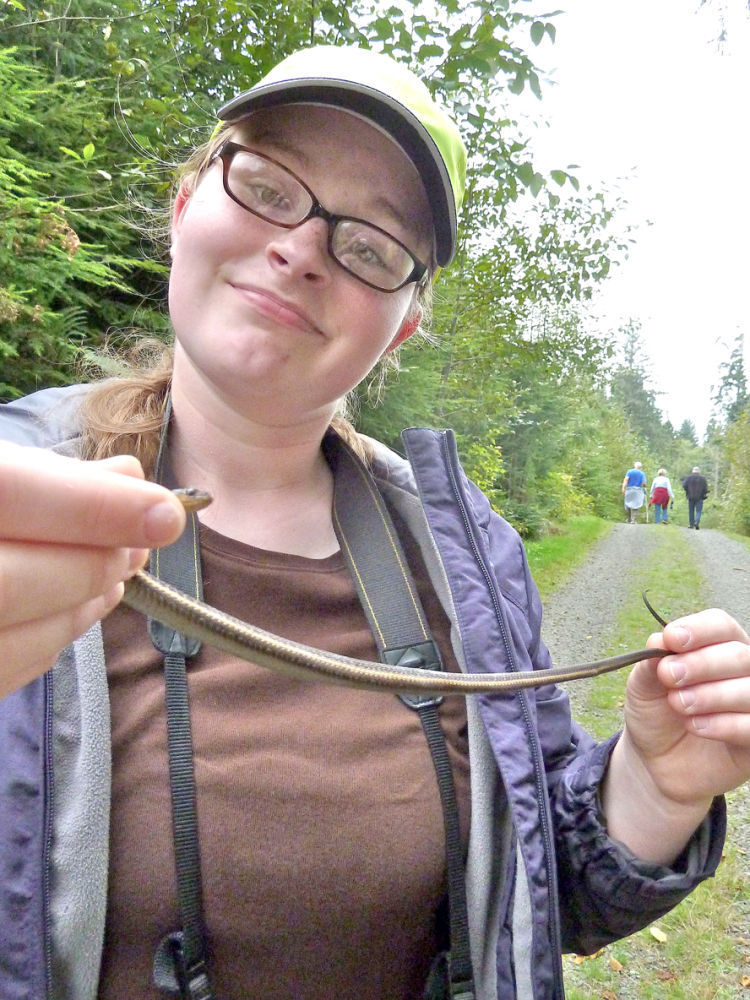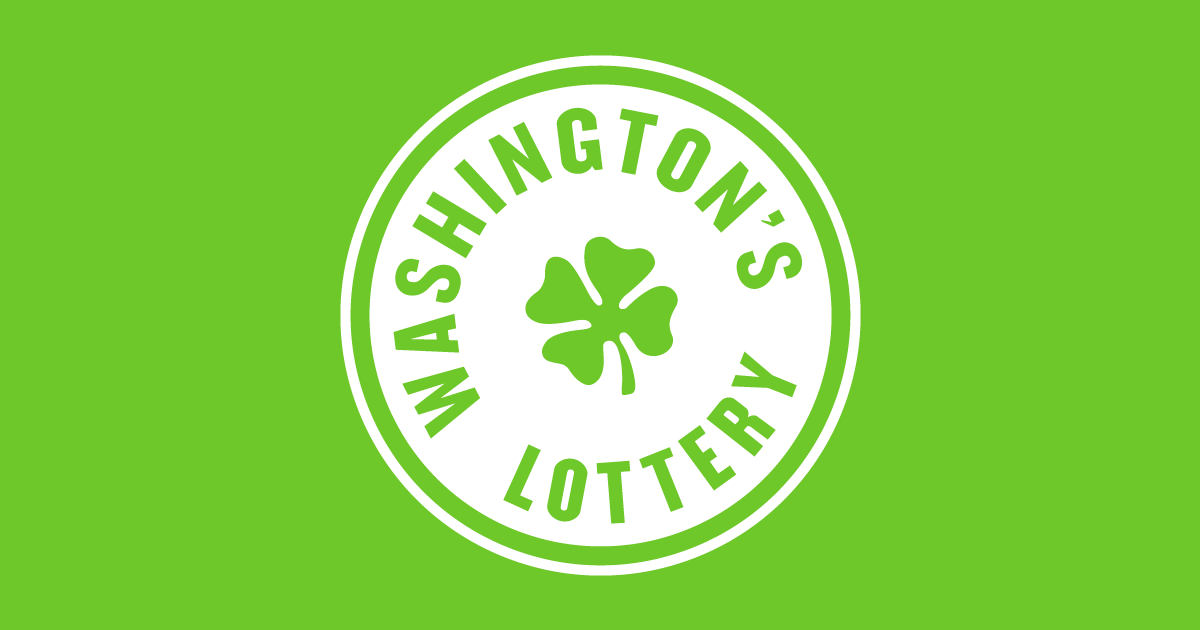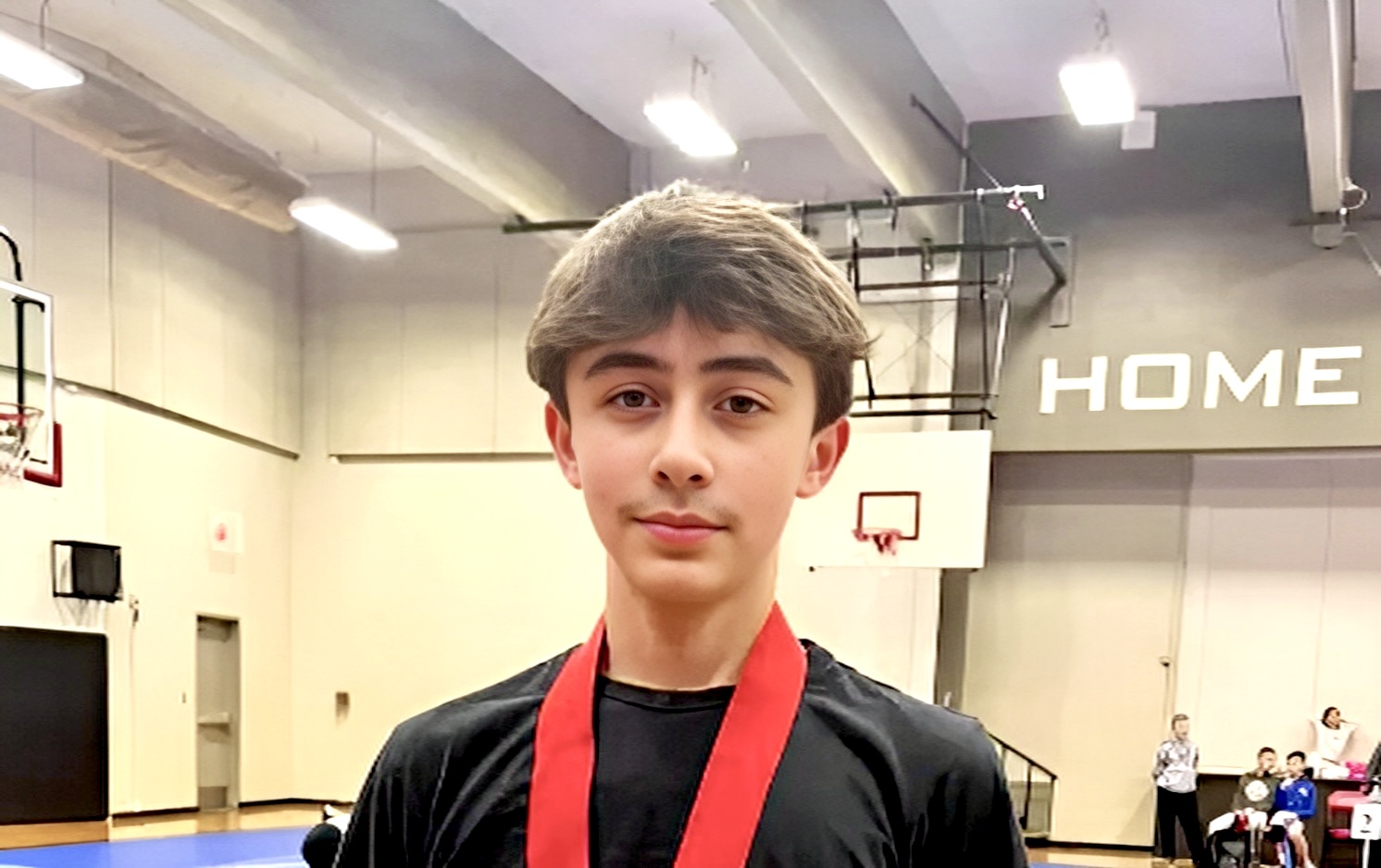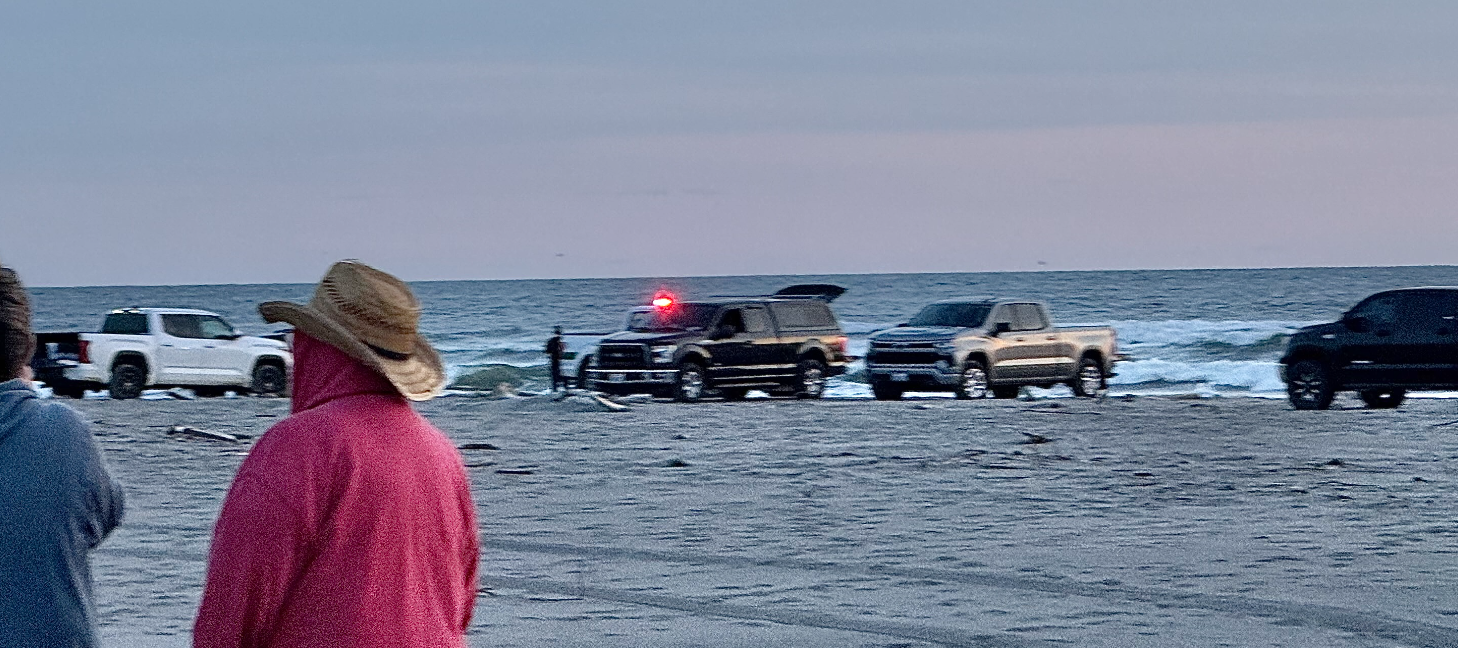Ecola Creek: Walk on the wild side
Published 5:00 pm Monday, September 16, 2013

- <p>Michelle Patterson shows off her find, a Northwestern garter snake. </p><p></p>
The forests of America however slighted by man must have been a great delight to God because they were the best he ever planted.
John Muir
Long Beach Mural
Early birds and night owls
A small notice in last weeks calendar piqued my interest and I found myself rising at 7 a.m. last Saturday for an adventure at the Ecola Creek Forest Reserve upland of Cannon Beach.
Its proven now that some of us are early birds and some night owls and this rarely varies throughout a life. Though I always love dawn light on the rare occasions when I see it, my preferred time is on the other end of the day. One of my favorite occupations, when I have no schedule to adhere to, is reading into the wee hours, diving into a book and not returning until Im darn good and ready to. However, last weekend I rose in dim light, got showered, grabbed the Nibster (he was still under the covers too) and headed south.
Please no!
I arrived early enough in Cannon Beach to swing through town for coffee. Here we must pause, dear readers, while I make a fervent plea to all present and future Peninsulites please, may we never, I mean never, become Cannon Beach!
By nine oclock the Sleepy Monk coffee shop had 20 people in line out the door, most of them in tourist garb hats, strange footwear, fancy bandanas (and Im only talking about their dogs). The main drag downtown sports one tourist haunt after another, replete with signs promising cutesy stays and charming cottages. Everything is cookie-cutter perfect; every other shop is a gallery, and the people behind the counters are bored out of their minds. In short, it is a movie set.
Give me our strange and eclectic mixture of broken down trailers and million dollar views any day, or whatever keeps the hipsters away. Maybe I should put it this way anybody who figures out where we are, how to get here and/or how cool and authentic we are can stay.
Anyway, I pulled up a dead-end gravel lane and into the parking lot for the Ecola hike, sponsored by the North Coast Land Conservancy, and was met by volunteers Penny Paulsen and Nancy Holmes. Shortly, Mike Patterson, our fearless leader and ornithological expert, and daughter Michelle, freshman at Astoria High School, joined us.
It was cloudy but not raining. This is perfect weather, said Mike, as we waited for our group to gather. Assembled, off we went, soon to be graced by an amazing variation of flora and fauna during our three-hour two-and-a-half mile hike through Sitka spruce, alder, hemlock, vine maples to old growth cedar and back.
The road not taken
When you get to the fork in the road, take it, as Yogi used to say; so we did. But only after passing through a clearcut left from earlier nasty logging practices. (Louisiana Pacific and Crown Zellerbach used to cut and run, as Mike said, in days when replanting was not required.) That open area did grant us our first sighting a brown pygmy owl, which Mike tried to call in closer by puckering his lips, widening his eyes and making soft round tooting whistles.
The snags and stumps did give us a chance to examine the leavings of a variety of woodpeckers. Mike identified them by their pecking handiwork alone as either palliated, red breasted sapsuckers, or hairy. This area is serving seven or eight different kinds of woodpeckers and shows what I call niche partitioning, he said. Each woodpecker is extracting different bugs from the same tree. Then after gazing up, we looked down at our feet to a pile of the most beautiful purple poop Ive ever seen. (Someone pointed out that it matched my beret.)
Thats coyote, said Mike, theyre eating salal berries right now. If it were a bigger volume, Id have said bear.
Stark still ahead of us a snowshoe hare stopped by the road, ears alert, then disappeared without a sound. Michelle found an enormous black beetle, which we all peered at as it scuttled back and forth over her hands.
At the aforementioned fork, we went left along Ecola Creek and immediately ducked under the cover of Douglas fir, vine maple and alder; the temperature dropped immediately. The big trees used to make their own rain forest, Mike explained. They managed the humidity by catching the fog which would condense on the foliage and drip down.
A chestnut-backed chickadee flew into an understory of native sword ferns, stink currants, red elder, native and Eurasian blackberries and huckleberry. We hightailed it up the hill, skirting the Cannon Beach reservoir, and strolled along a road flanked by another stand of alders. Then we saw them the big trees.
The elders
The magnificent elders towered over us, their enormous trunks of striated silver bark and tangled limbs stretching into the ozone. This is when a camera becomes a ludicrous piece of equipment. There is nothing to do but stand still and pray.
Or maybe try to imagine what these forests must have looked liked before man arrived, when they stretched up and down our coast in a networked community literally sharing a root system that created its own climate, habitat and eco-environment. The trunks of these grand cedars become buttressed: they reach out forming cathedral archways to secure themselves more firmly to the earth. Some you can walk through.
The stillness of an old growth forest creates its own reverence. Moss grows thick, footfalls are softened and everything about being human suddenly becomes insignificant. Except that we managed to tame these one would have thought the most-untamable of Gods wondrous creations. What were we thinking? In the presence of big trees, Im always both heart-stricken when I think of their massive destruction and grateful that there are organizations still arguing to secure tiny pockets of old growth for the future.
The walk back included a rusty tussock caterpillar, puffballs, a morning cloak butterfly, even a Northwestern garter snake. But I was distracted Id left my wild spirit behind, standing quiet under the tall trees.
(For more information about North Coast Land Conservancy outings see: http://nclctrust.or/ )
Special note: Jimella Lucas invites everyone to participate in her last big, joyous Celebration of Life at the Peninsula Senior Center, Sunday Sept. 22, from noon to 2 p.m. Bring finger food and a flower for the community bouquet. Donations for Jimellas medical costs can be made at any branch of Bank of the Pacific, marked for the Jimella Lucas Community Fund, or mailed to P. O. Drawer B, Ocean Park, WA 98640.





